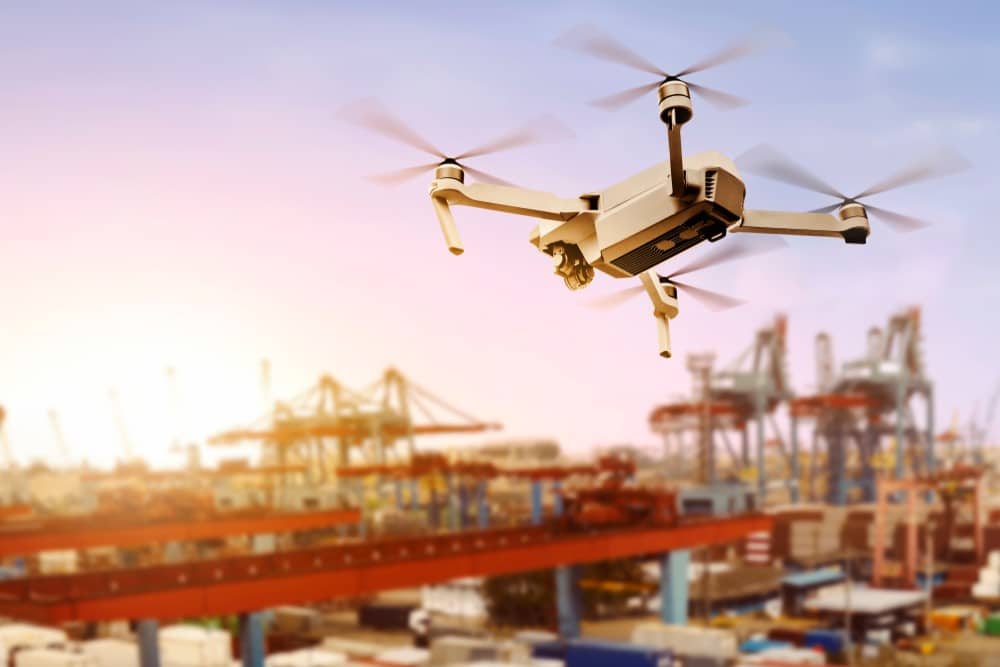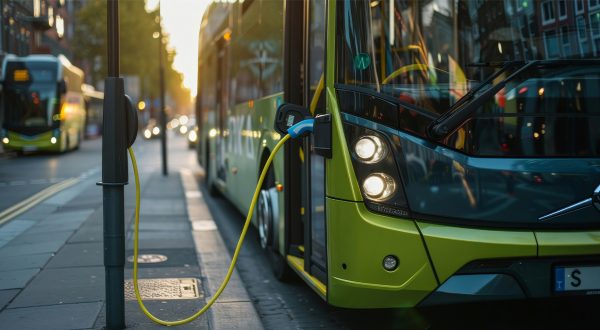Technological innovation – drones crisscrossing roads and utility lines, connected sensors uninterruptedly taking the pulse of traffic and trade within the urban fabric, AI and “digital twins” identifying weak points and optimum settings – promises to care for the complex metabolism of our urban areas and protect our cities from crises. But a word of caution is in order: innovative technologies may also turn out to be the Achilles heel of our smart cities. We talk with Mikhail Chester, Arizona State University Associate professor and Director of the Metis Center for Infrastructure and Sustainable Engineering.

Most urban infrastructure, especially in the developed countries, was built decades – or longer – ago. Because this infrastructure is embedded in the urban fabric, it is often difficult to change or even partially replace. Is it fair to say that infrastructure is holding back change in cities, especially when cities are having to rapidly adjust to new demographic and climate conditions?
Mikhail Chester: Yes, it is. The challenges facing the oldest cities are very different from those facing newer urban areas. Urban infrastructure is traditionally rigid – built to last and tailored to environmental, climatic, social, and economic conditions that are assumed to remain unchanged over time.
However, infrastructure often reflects institutions that follow standard practices, whose policies and economic choices are geared to maintaining the status quo. It is one thing to make a physical system more agile and flexible. It is another to make institutions, policies, and financial mechanisms more agile and flexible.
Digital technologies – connected sensors and the big data they generate, IT models and optimisation algorithms – are increasingly part of the day-to-day work of infrastructure managers and their partners. The digital layer is superimposed on the physical infrastructure layers (which are often installed underground). But the digital life cycle (obsolescence, maintenance schedule) is much shorter, and the digital sector is constantly changing. Can digital technologies accelerate the infrastructure life cycle?
Mikhail Chester: True, digital technologies and physical infrastructure have different timelines. The “right” way to integrate the two is an open question. My team is working on it.
What is clear is that the increasing integration of information and communication technologies is creating new, innovative capabilities. And the fact is that we want “smart technologies” to rapidly evolve. These technologies are being integrated in physical infrastructure at an accelerating pace, and we must reassess how our physical systems should themselves evolve.
That said, our physical systems are so large and so rigid that infrastructure is unlikely to undergo rapid, in-depth change. I think what we can expect in practice is that infrastructure will become more complex, because for a long time into the future, low-tech physical systems with a very long life span will coexist with high-tech systems that have a very short life span.
The increasing use of digital technologies such as remote monitoring and AI recommendations may disconnect the human technician from the actual infrastructure. Does infrastructure risk becoming less visible and do we risk being out of touch with it?
Mikhail Chester: I believe that infrastructure design and management issues are focused less on digital technology skills and more on satisfying needs.
Today we need to implement infrastructure systems in increasingly uncertain environments, under the oversight of a range of stakeholders who may have very different expectations.
In practice, we must recognise that our training systems are still emphasising ability to optimise the operation of installed systems. At the same time, the systems to be managed are growing increasingly complex and our ability to understand their behaviour following a disruption is declining. On the one hand, sensors and big data tell us what is happening. On the other, these same technologies are making systems more complex and introducing new vulnerabilities including, importantly, exposure to cybersecurity issues.
An article by our partner site Usbek & Rica
10/07/2019


